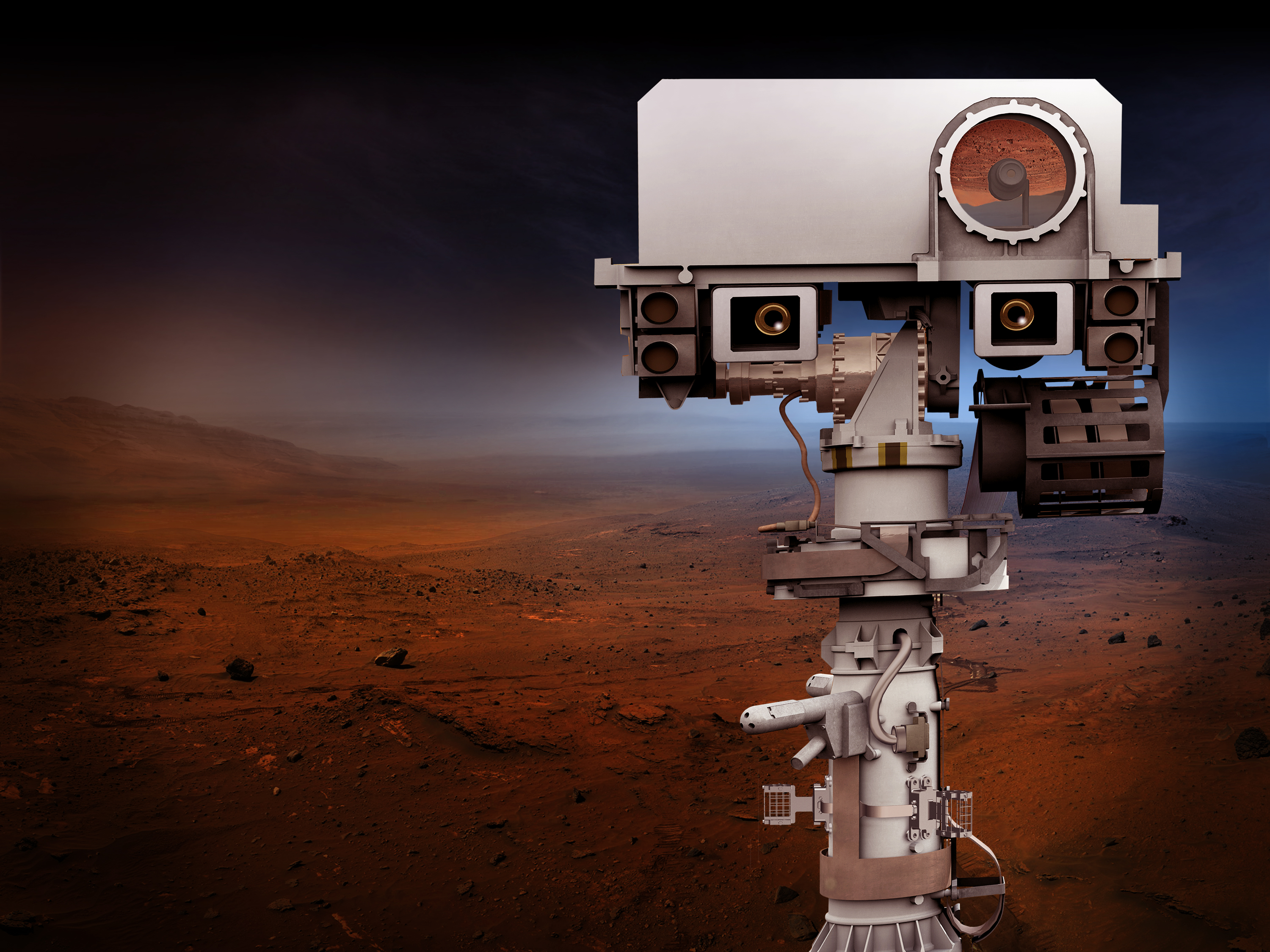

We need to rule out all abiotic mechanisms before we jump to the conclusion that any organic molecule is a sign of life. "On the other hand, ancient life could produce these organics as well, but this is generally a last resort hypothesis. Interplanetary dust, infall from meteorites or water-rock interactions can produce organics abiotically," Roppel said. "There are both biotic and abiotic mechanisms that can form organic molecules.

The researchers remain cautious about the findings. With Perseverance now detecting possible signatures of organic molecules, the evidence is accumulating that organic molecules may be relatively common on Mars, though at low levels. Signs of organic molecules were first detected on Mars in 2015 by a different rover called Curiosity, followed by more evidence in subsequent years. Roppel said the researchers cannot rule out that inorganic - metal - sources could be responsible for the some of the signals that suggest organic molecules. "The concentrations we've detected are generally low, but we've observed signals associated with organics on nearly every rock we've sampled," Roppel added. "On Earth, these are quite common in crude oil, which has a biotic origin, but we can also form these synthetically through various chemical reactions," Roppel said. They could see these layers from space but are finally able to see them up close, thanks to Perseverance. gov /news/news.phprelease2006-054 JPL image PIA07506 shows the.
Nasa images from mars rover series#
Study co-author Ryan Roppel, a University of Pittsburgh graduate student in chemistry, said the chemical signatures could come from compounds like benzene or naphthalene. Following the Curves Years ago, scientists noticed a series of curving bands of layered rock within Jezero Crater that they dubbed the curvilinear unit. New Phase of Exploration Beginning for Mars Rovers, 26 March 2004. The researchers do not know the specific organic compounds that SHERLOC detected, but have some clues. NASA's Perseverance rover will look for signs of past life in a region of Mars where the ancient environment is believed to have been favorable for microbial life.


 0 kommentar(er)
0 kommentar(er)
